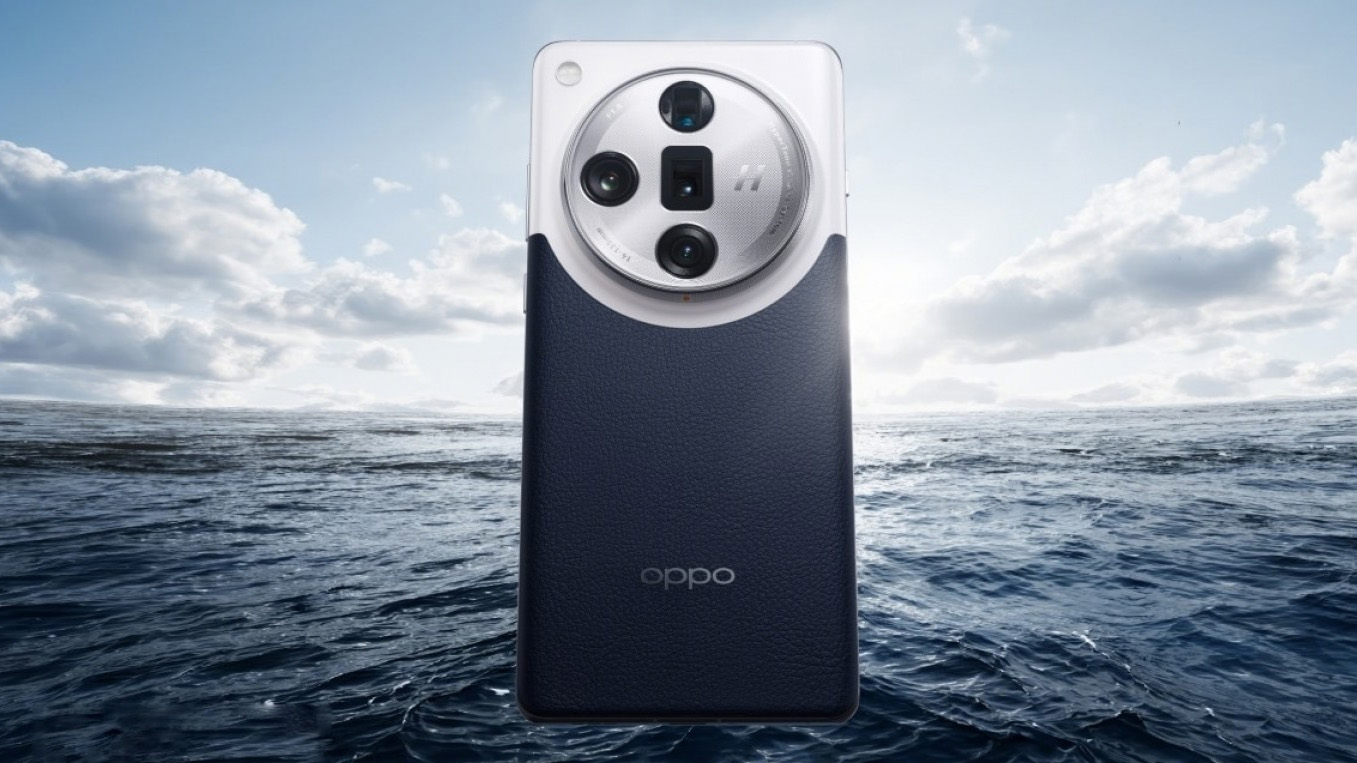
When it comes to the best phones there are lots of amazing options out there: the Apple iPhone 15 Pro Max is stupendous, while the best Android phone options are split between the Samsung Galaxy S23 Ultra and Google Pixel 8 Pro in my opinion. All of which deliver stellar cameras with standout computational photography capabilities that I love using.
But now there's a new player in town that's caught my attention: Oppo just officially revealed the new Find X7 Ultra (it was already known about late last year), which comes replete with a quad camera system, all of which are large-scale 50-megapixel sensors that encompass a massive focal range with support from Hasselblad. Colour me impressed.
The Find X7 Ultra is the world's first camera phone to include two periscope zoom lenses. And it has probably just won the phone-camera crown. Except, there's a problem: you and I won't ever be able to buy one. Why? Because Oppo "has no concrete plans" to release this new flagship-of-flagships outside of its native China (just as was the case with the Find X6 Pro). Which, to me, seems like a loss for all Android and photography enthusiasts the world over (it also adds further fuel to the Oppo pulling out of international markets rumour).
Oppo Find X7 Ultra: Cameras key features
- Main (23mm): 1-inch sensor (Sony LYT-900), f/1.8 aperture, optical stabilisation (OIS)
- Super-tele (135mm): 1/2.51in (Sony IMX858), f/4.3, OIS
- Tele (65mm): 1/1.46in (Sony IMX890), f/2.6, OIS
- Wide (14mm): 1/1.95in (Sony LYT-600), f/2.0
But just because you can't buy one doesn't stop the Find X7 Ultra from being exciting. Just like most of us can't buy a Ferrari, sometimes the appeal is in looking and dreaming, right? And this new Oppo – which I am due a sample of, so can experiment using – does have a camera line-up, which I've outlined above, that's very impressive indeed.
The main sensor is the cream of the crop, as it's Sony's second-gen 1-inch sensor, which is frankly just massive. I'm talking around 60% larger than the main sensor in the iPhone 15 Pro Max. And while that doesn't instantly translate to 'better', Oppo's picture-handling and work with Hasselblad has in the past already proven itself to be impressive.
Why does a large sensor matter anyway? The bigger the surface, the more pronounced the depth of field's potential, that being the blurred background and foreground around a subject. Furthermore each 'pixel' on the sensor's surface can capture 'more light' than an equivalent smaller sensor, which means more raw product to work with and, therefore, a cleaner source signal for a cleaner end result. It just provides more for the system to work with.
It's no only the main camera that impresses though: the Find X7 Ultra's mixture of large sensors are all a step bigger than iPhone 15 Pro Max or Galaxy S23 Ultra in their closest forms. I think that'll translate well, especially as the Samsung phone in particular doesn't deliver the best super-zoomed image results. That makes this a rival to take note of (well, if you're based in China anyway).
Oppo also bigs up its HyperTone Image Engine, said to deliver 'more realistic' results – less 'hyper-real' than the name suggests – and there's the bandwidth to even deliver Dolby Vision HDR video at 60fps (from the main camera; it's 30fps from the other three – but that's still a major video-capture feature success).
Oppo Find X7: Impressive spec
- Power: Qualcomm Snapdragon 8 Gen 3, up to 16GB LPDDR5X RAM
- Display: 6.82in, 3168 x 1440 pixels, 1-120Hz adaptive, Ultra HDR
- Battery: 5000mAh, 100W fast-charging (50W wireless)
- Finishes: Ocean Blue, Sepia Brown, Tailored Black
Outside of the cameras there's plenty about the Find X7 Ultra that excites. The screen, which measures 6.82-inch across the diagonal, is a direct competitor for the 6.8-inch panel found in the Samsung Galaxy S23 Ultra. Only in the Oppo it's maintained a more curved edge, which I think looks more special – even if it could introduce in-use practical issues.
Visually speaking the X7 Ultra's mix of textures and glass rear, with that massive camera area, is distinctive. The Ocean Blue is my favourite of the lot for being that little more interesting than many current phones' colour options. I look forward to getting one in my hand to see how it translates in the real world.
Then, of course, there's the flagship power. Oppo has opted for Qualcomm's Snapdragon 8 Gen 3 platform, the excitement-inducing chipset for 2024, complete with up to 16GB RAM that'll clearly be handy when handling so many high-resolution images through the image pipeline. There's a large capacity battery to support that level of power, too, plus super-fast SuperVOOC charging that can refuel to full in just half and hour.
So there we have it: 2024's potentially best camera-phone is a flagship Android handset that you won't be able to buy. But you should certainly ogle the Oppo Find X7 Ultra nonetheless, and both Apple and Samsung should take note of what the competition can offer – because some of these features are major wins that we can only hope will help advance what comes next.







